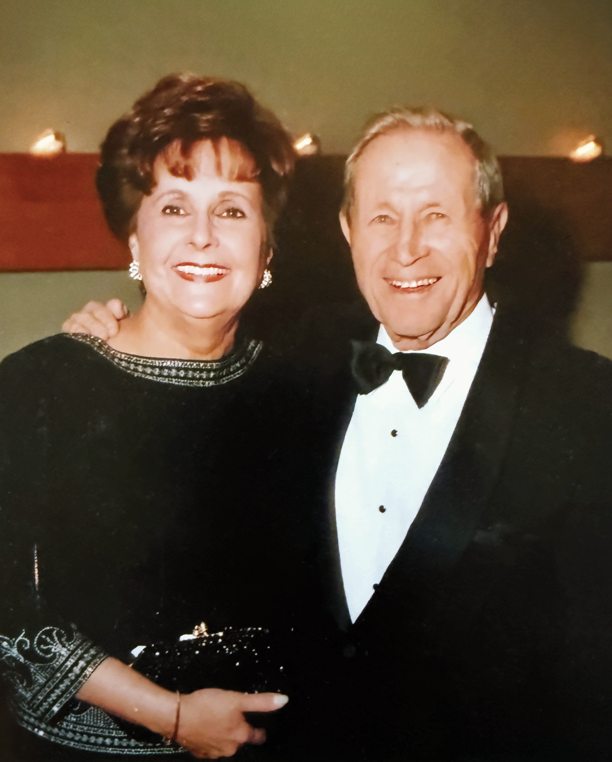 Irving “Irv” (BS ’37, MS ’38, MS ’39) and Shirley Ashkenas were deeply compassionate, devoted not only to their family but also to the world around them. “They learned from their parents that if you’re fortunate to be able to give, you should give,” says their daughter, Sharon Fabian, a retired school principal. “It is a very strong tenet in our family philosophy.”
Irving “Irv” (BS ’37, MS ’38, MS ’39) and Shirley Ashkenas were deeply compassionate, devoted not only to their family but also to the world around them. “They learned from their parents that if you’re fortunate to be able to give, you should give,” says their daughter, Sharon Fabian, a retired school principal. “It is a very strong tenet in our family philosophy.”
For Irv, the value of service was imprinted at an early age. Born in New York City, he arrived at Caltech at the age of 16 and had just completed his third degree when World War II broke out. He would serve his country through a longstanding career in aviation and aerospace, a career that was launched at North American Aviation Corporation, where Irv was instrumental in the design of the P-51 Mustang.
A Storied Career in Aviation
The P-51, a long-range fighter-bomber critical to the war effort, had initial challenges with overheating, but Irv helped design an air inlet to remedy the issue. “Just like an engineer, he made it work,” says Fabian. “He was very proud of the Mustang.” The P-51 was one of a number of World War II-era planes tested in the Institute’s original 10-foot wind tunnel.
Long-time family attorney and friend Mark Phillips notes that Irv was not one to speak often about his career. “It was only at his funeral I learned more about the aircraft Irv helped create,” says Phillips. Irv’s accomplishments also included work on the Northrop flying wing aircraft, on which the stealth bomber design was based, as well as early efforts on the space shuttle program.
In recognition of his achievements, Irv was named a fellow of the American Institute of Aeronautics and Astronautics and a member of the National Academy of Engineering. He was the author of five books and held eight patents for various aircraft control systems.
Patrons for the Arts
Irv and Shirley had varied interests that spanned sports, travel, and the arts.
“We called Irv the Renaissance Man,” says Fabian. “He loved music, arts, sports, and was an avid learner right up to the end of his life.” Shirley was an active partner in these passions, adds their daughter. The couple contributed to the LA Philharmonic, the Music Center, and the Los Angeles Opera in addition to their support of Caltech. Shirley and Irv also supported the arts in their local schools, according to Fabian.
“They contributed their money to organizations not necessarily to keep the lights on but to provide access and education,” says Phillips. “Scholarships were very much part of their philosophy. Their contributions to the Music Center were for tickets and transportation to bring young people who had never been to the symphony.”
Fabian recounts that her father loved his time at Caltech. “He wanted me to go there, but I’m not a science person,” she recalls with laughter. When driving by campus with her own children, she would share: “That’s where Poppy went to school.”
Perhaps, Fabian wonders, her firstborn grandson might continue the Caltech tradition.


